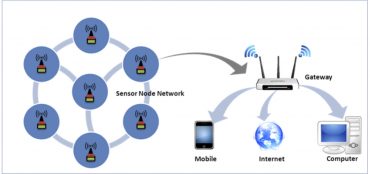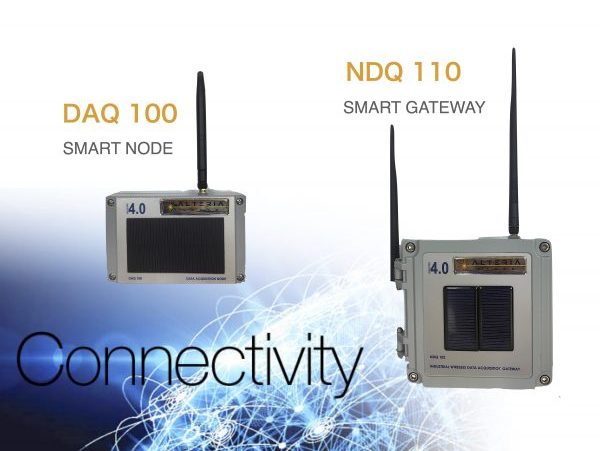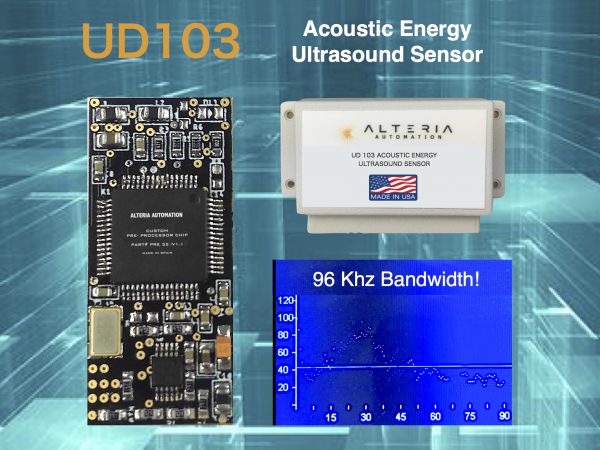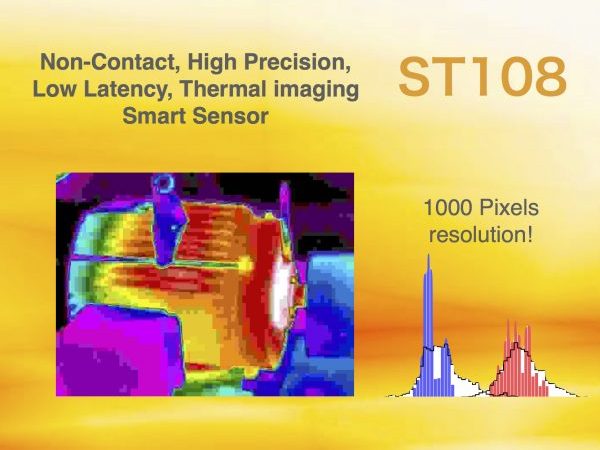Internet Protocol (IP) Packet Modem
Up to 1 Mbit/s data speed
Managed TDMA network traffic
Designed for harsh environments (Marine, Desert, Space)
SDR-Based Radio allows Flexible band and Channel allocation
Minimum latency designed for real-time operation
Output power from +27 dbm to +40 dbm
About
IP modems, also known as Internet Protocol modems, offer several advantages over traditional communication technologies. These benefits make them particularly valuable in modern networking and communication environments. Here are some of the key advantages:
Global Connectivity
Wide-Area Communication: IP modems enable connectivity over vast distances, providing global communication capabilities through the internet. They can connect devices across different geographical locations, enabling remote monitoring and control.
Cost-Effective
Reduced Communication Costs: IP modems use existing internet infrastructure, which is typically cheaper than dedicated communication lines like leased lines or traditional modems that use the PSTN (Public Switched Telephone Network).
Scalability: IP-based networks can be scaled easily without the need for extensive infrastructure changes, allowing for cost-effective expansion.
Higher Data Transfer Rates & Faster Speeds: IP modems generally support higher data transfer rates compared to traditional dial-up modems. This allows for quicker data transmission, making them suitable for bandwidth-intensive applications.
Versatile Application
Support for Multiple Services: IP modems can handle various types of traffic, including voice, video, and data, through a single communication line. This makes them versatile and suitable for a wide range of applications, including VoIP, video conferencing, and data exchange.
Features
Enhanced Security
Encryption and VPN Support: IP modems often support advanced security features, including encryption and Virtual Private Networks (VPNs), ensuring secure data transmission over potentially insecure networks like the internet.
Firewall and Security Protocols: They can integrate with firewalls and support security protocols, reducing the risk of unauthorized access.
Remote Management and Monitoring
Easier Administration: IP modems can be remotely managed, configured, and monitored, reducing the need for physical presence. This is particularly beneficial for managing distributed networks and devices located in remote areas.
Real-time Diagnostics: Administrators can perform real-time diagnostics and troubleshooting, improving network reliability and reducing downtime.
Integration with Modern Networks
Compatibility with IP-Based Networks: IP modems are designed to integrate seamlessly with modern IP-based networks (like LANs and WANs), allowing for easy integration into existing network infrastructure.
Support for IoT: They are increasingly used in IoT (Internet of Things) applications, enabling connected devices to communicate over the internet.Efficient Use of Bandwidth
Packet Switching: Unlike traditional circuit-switched networks, IP modems use packet switching, which is more efficient and resilient, as it allows data to take multiple paths to reach its destination.
Future-Proofing
Support for IPv4: With the growing adoption of IPv6, IP modems that support this protocol are future-proof, ensuring compatibility with future network standards and devices.
Flexibility in Communication Protocols
Support for Multiple Protocols: IP modems often support a variety of communication protocols (TCP/IP, UDP, etc.), providing flexibility in how data is transmitted and received across different network environments.

Sensor Network
The IP data Modem allows the installation of dozens of time-series sensors in real-time to report to an on-the-cloud-server.
Specifications
Size: 240mm x 180mm x 80mm
DC Voltage: 7V to 30V.
DC Current: Below 200mA. TX, 70mA in RX.
Frequency : 433 MHz or any other VHF/UHF band upon request.
RF Power Output: +27dB/ 0.5 Watt up to 10 Watts upon request.
Provision to manage external TX PA.
Receive sensitivity = –133 dBm @ 100 bps.
Radio Link Topology: Point to Multipoint.
Polling from Central Station: Managed-TDMA.
Modulation (G)FSK, 4(G)FSK, (G)MSK, OOK.
Semi-duplex automated operation.
Split operation (up link and downlink in different frequencies).
Data Rate: up to 1Mbps.
TX and RX 64 byte FIFOs, 129 bytes dedicated Tx or Rx FIFO.
Bidirectional IP network over packet radio link.
Works in the existing IPv4 network, no other gateways neededNo specific software is needed on the ethernet side, no PC needed.
Build blazing fast real-time Telemetry applications
Our Ip Packet UHF Modem is a revolution for real-time TTCS, featuring low latency connectivity applications development
5G Connectivity Modem Versions
We design and build several versions of this Modem. Please ask if you are not finding the best to match your application
-
1.
Wired
Differential bus output is immune to noise. Daisy chain easy connection with snap on splash proof connector
Read more -
2.
Wireless
LoRa, NB-IOT or Bluetooth 5.0 MESH. Make your choice or the best proven wireless connectivity. Other upon demand.
Read more -
3.
High Sensitivity
Pressure wave special transducer for high senstivity is immune to acceleration. Ideal for Robotics
Read more
Other Products
Need a custom sensor? You got it!

Connectivity Products
Connect your sensors to the cloud
Smart Vibration Sensor
Keep your machinery up and running!
Acoustic Energy Sensor
Detect failure before it happens!
Smart Thermal Sensor
Pre-procesed thermal imaging!
Lubrication Sensor
Get real-time lubricant condition!
Inertial Measuring Unit
Measure any kind of movement with ease!